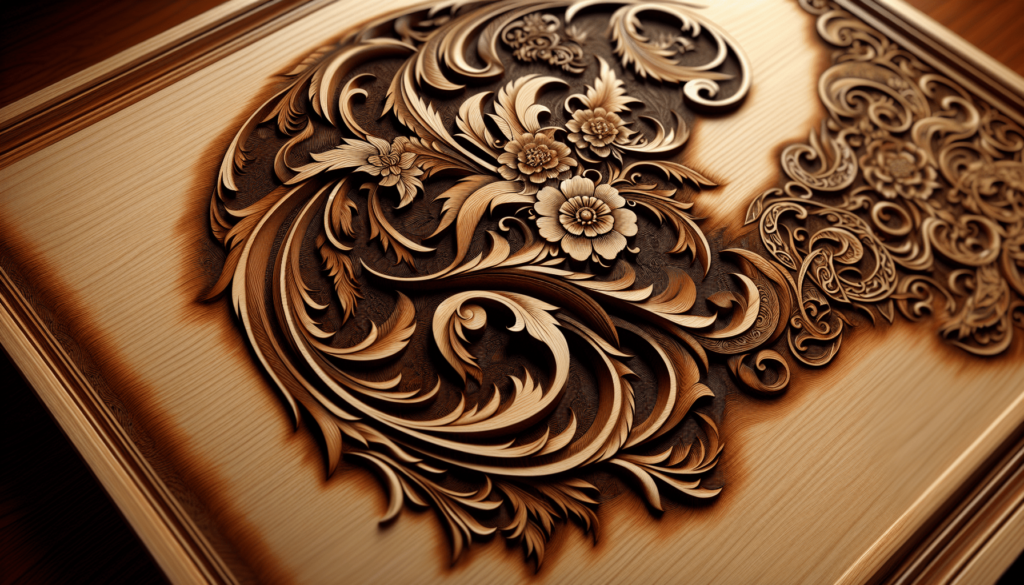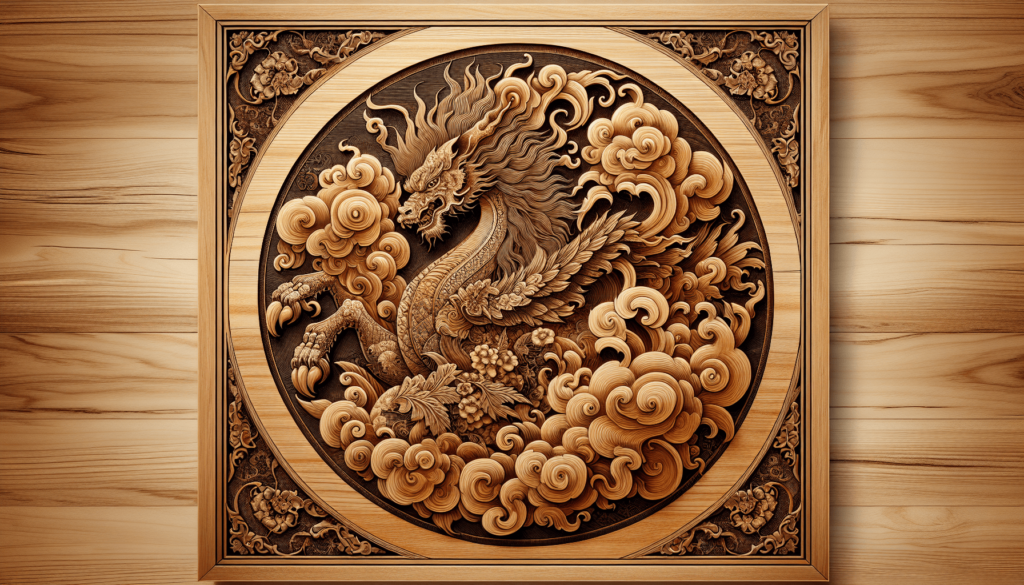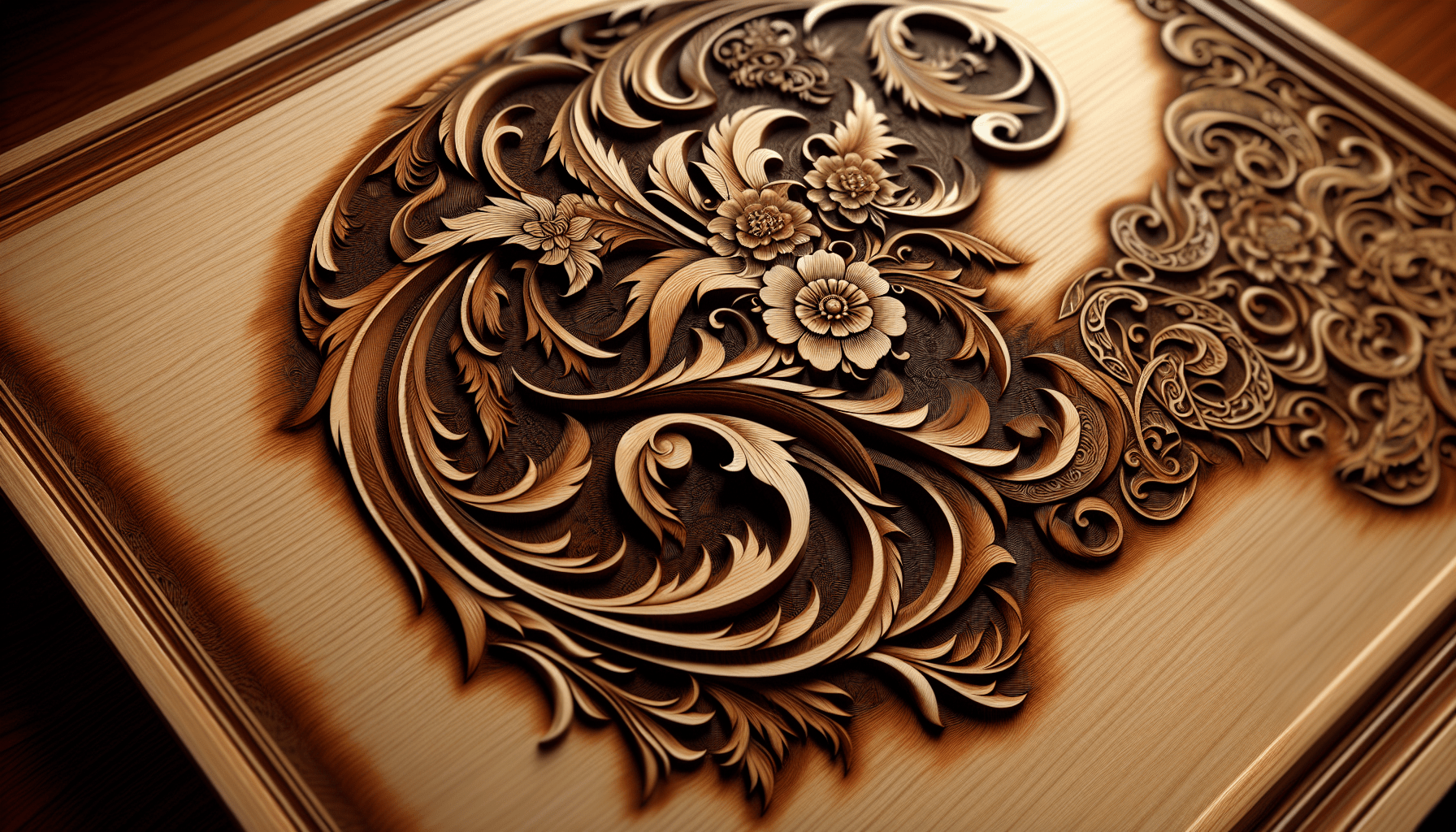What is pyrography anyway? If you’ve ever found yourself bending over a craft fair table or scanning Pinterest boards and wondered about those stunning wood-burned designs, you’ve probably encountered pyrography. Spoiler alert: it’s a lot safer (and less medieval-sounding) than the name might imply. Let’s get into the nitty-gritty of what makes this art form both fascinating and approachable.
What Exactly Is Pyrography?
First off, pyrography is the art of using a heated tool to burn designs onto various surfaces, most commonly wood. The word itself comes from the Greek words “pyro” (fire) and “graphos” (writing). So yes, it’s technically “writing with fire.” Sounds kind of badass, right? Depending on where you are in the world or what niche of the craft community you frequent, you might also hear it called “wood burning.”
The Tools of the Trade
Alright, let’s get technical for a second but in a “you’re chatting with an old friend” kind of way. The most basic tool you’ll need is a pyrography pen, which is essentially a fancy, more precise soldering iron. There are two main types: solid-point burners (often referred to as “soldering iron-style”) and variable temperature burners.
Here’s a quick breakdown:
| Tool Type | Description |
|---|---|
| Solid-Point Burner | Basic, affordable, retains a consistent temperature, best for beginners. |
| Variable Temperature Burner | More advanced, adjustable heat settings, allows for a range of effects and finer details. |
The difference between these two can be compared to cooking on a gas stove vs. cooking on an electric stove. One offers more control, while the other does the job but not always with the finesse you might want.
Materials You Can Burn
While wood is the most popular canvas, pyrography isn’t confined to it. You can work on:
- Leather
- Gourds
- Paper
- Bone
- Cork
Different materials offer different textures and finishes. Burning on leather, for instance, gives you a whole other set of challenges and rewards compared to burning designs into wood.
A Brief History of Pyrography
You might think this fiery art is a modern affair, but people have been making burn marks on surfaces for ages. Like, literally ages. Pyrography has its roots in ancient civilizations—Egyptians, anyone? Even back then, they seemed to have a knack for beauty and a fondness for patience-testing crafts.
Evolution of Techniques
Initially, techniques were primitive. People would heat metal rods in a fire and use them to brandish designs onto materials. Over time, the process became more refined, transitioning from direct fire methods to the handy electric tools we use today. You’ve got to admit, we’re pretty spoiled now with the precision technology offers.

Why Do People Do This?
Honestly, why would anyone take up an art form that involves burning stuff? Isn’t that reserved for backyard bonfires and really bad cooking days? Believe it or not, it’s the unique charm and character that pyrography pieces possess, making them so irresistible.
Creative Expression
For a lot of folks, pyrography is an outlet for creative expression. There’s something deeply satisfying about burning a design into wood; it’s permanent, almost primal. Each piece feels unique because, let’s face it, no two burns will ever be exactly the same.
Therapeutic Aspects
Engaging in pyrography can also be incredibly meditative. The slow, deliberate movements and the focused concentration required can make you forget about the stress of modern life. It’s like jogging, but for people who prefer sitting down and playing with fire.
Techniques and Tips
If you’re intrigued and thinking of starting, there are a few key techniques that can help you hit the ground running—or, more aptly, burning.
Types of Strokes
The strokes you use in pyrography can vary, but popular ones include:
- Straight Lines: Basic but essential.
- Shading: Often done using a feathering technique.
- Dotting: For stippling textures, resembling pointillism.
- Scribing: Deeper burning to carve out more pronounced lines.
Temperature Control
Temperature is a big deal in pyrography. Different woods and surfaces react differently to heat, necessitating varied temperature settings. A softer wood like pine burns faster, while hardwoods like oak require more heat but offer richer lines.

Popular Pyrography Projects
So, you’ve got the basics down and you’re itching to try your hand at something. Let’s chat about popular projects that could be fun starters.
Personalized Signs
One of the most common uses of pyrography is making personalized signs. Whether it’s a “Welcome!” sign for the front porch or a quirky quote for your kitchen, these signs add a rustic charm to any space.
Custom Cutting Boards
These make phenomenal gifts. Carving someone’s name or a design into a wooden cutting board not only shows effort but produces a functional piece of art that’s bound to impress.
Decorative Plaques
With decorative plaques, you can really let your creativity shine. They can be as intricate or as simple as you want. Think of it as your canvas, where the medium just happens to be wood and fire.
Advanced Techniques
Once you’ve mastered the basics, you might want to venture into more advanced territory. And why not? The beauty of pyrography lies in its endless possibilities.
Layering
Layering involves burning multiple passes over the same area to achieve depth and texture. It’s a bit like applying multiple coats of paint but hotter.
Mixed Media
Who says you have to stick to just burning? Combine pyrography with painting, carving, or even embedding other materials into your wood piece to create multi-dimensional art.
Safety First, Always
Playing with fire isn’t something to be taken lightly, no matter how arty your intentions. Here are some safety tips to keep your pyrography journey a delightful (and injury-free) experience.
Ventilation
Always work in a well-ventilated space. Burning various materials releases fumes that, while not necessarily toxic, are not great for your lungs either.
Protective Gear
Consider using gloves to protect your hands and goggles to shield your eyes. While it might seem a tad overboard, you’ll thank yourself if a small bit of debris decides to go airborne.
Fire Safety
Keep a fire extinguisher or a bucket of water handy. I know it sounds paranoid, but safety never hurt anyone. Well, except if paranoid is your middle name.
The Community and Resources
There’s a vibrant pyrography community out there if you know where to look. From YouTube tutorials to online forums, sharing tips and showing off your latest project is half the fun.
Online Courses
Numerous online courses can help you master the art of pyrography. Websites like Udemy and Skillshare offer structured learning from beginner to advanced levels.
Community Forums
Places like Reddit and specialized Facebook groups are bustling with fellow pyrography enthusiasts. You get to learn from others’ mistakes and triumphs without having to make all the errors yourself.
The Artistic and Commercial Potential
Believe it or not, there’s a sizable market for pyrography artworks. Whether it’s through Etsy shops or craft fairs, people love the uniqueness and handcrafted quality of these pieces.
Selling Online
Platforms like Etsy offer a fantastic marketplace to sell your burnt masterpieces. You can create custom orders or sell premade pieces. It’s like having a 24/7 craft fair without ever needing to leave your house.
Local Craft Fairs
If the tactile, face-to-face experience is more your thing, local craft fairs provide a venue to display and sell your work while connecting with buyers.
Personal Anecdotes
Let me tell you, getting into pyrography has been like stepping into an entirely new world. I remember my first project, a simple sign for my kitchen. I’d like to think it brought a rustic vibe to the place, but my significant other suggested it leaned more towards “burnt chic.” Tomato, tomahto.
Why I Love Pyrography
Personally, I adore pyrography because of its versatility. One day I’m making a delicate floral design, the next, a bold, abstract piece. Each project feels like a new adventure, and there are always new techniques to explore.
Wrap-Up Thoughts
By now, you’ve got a pretty comprehensive understanding of what pyrography entails. It’s more than just “drawing with fire”—it’s a blend of artistry, craftsmanship, and a dash of that thrill you get from doing something slightly out of the ordinary.
So, next time you see a beautifully charred piece of wood art or leather craft, you’ll know a bit more about the love, skill, and maybe a tiny whiff of smoke that went into creating it. Maybe you’ll even feel inspired to pick up a pyrography pen yourself and see where it takes you. After all, the only limit is your imagination…and maybe your fire safety know-how. Cheers to that!

